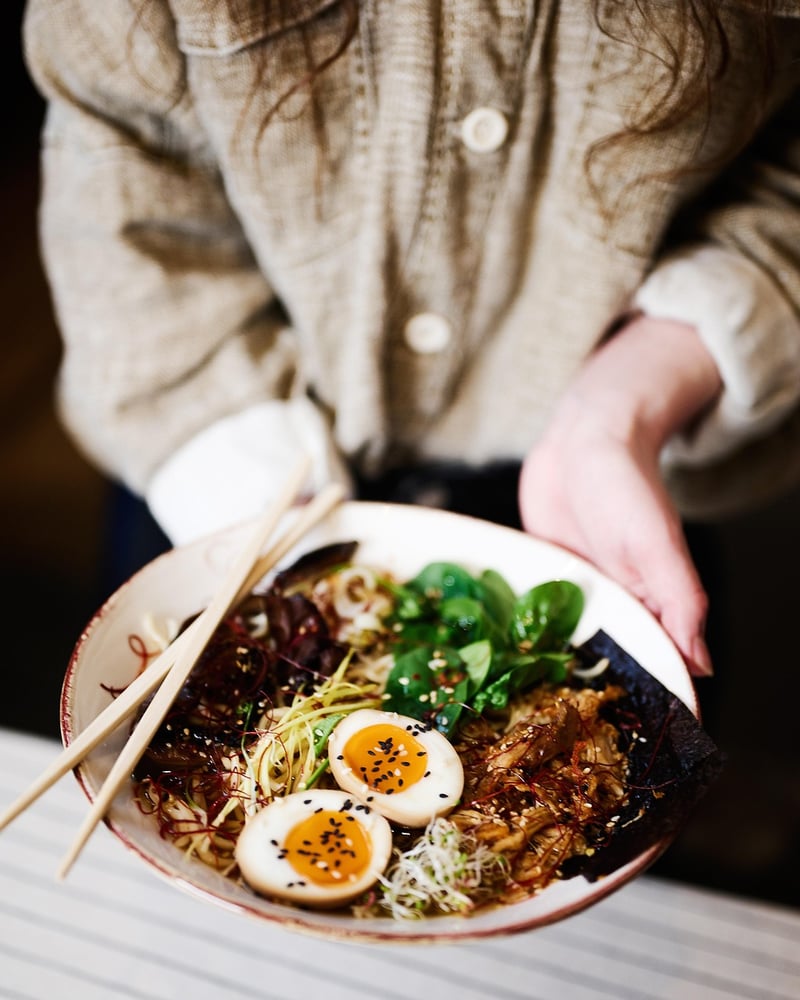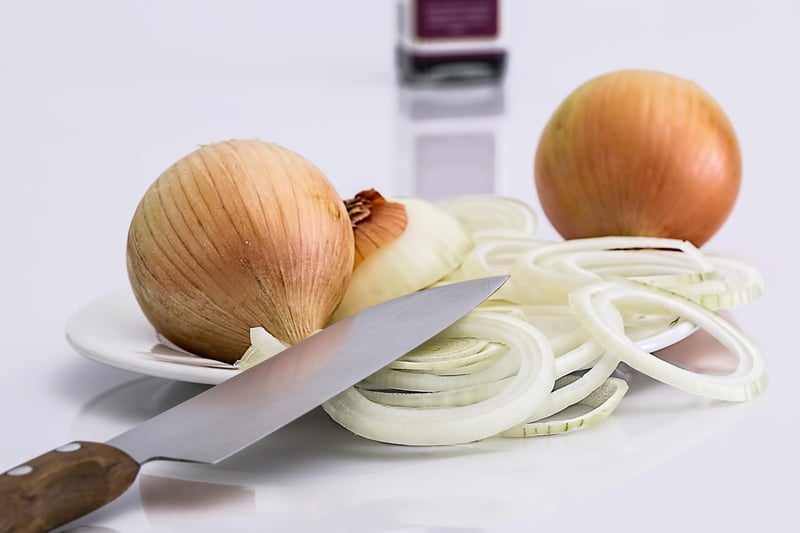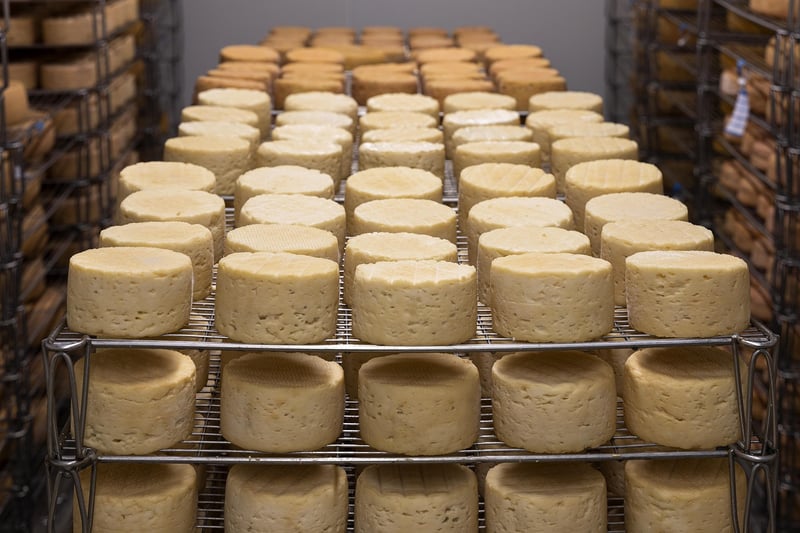Culinary Traditions
Exploring Diverse Cuisines and Culinary Traditions
Delving into the world of diverse cuisines and culinary traditions is like embarking on a flavorful journey that tantalizes the taste buds and enriches the soul. From savory spices to mouth-watering delicacies, each culture offers a unique culinary experience that reflects its history, geography, and traditions.
Asian Cuisine
Asian cuisine is a colorful tapestry of flavors, textures, and aromas. From the fiery dishes of Sichuan in China to the delicate sushi of Japan, each Asian country boasts a rich culinary heritage. Ingredients like soy sauce, ginger, and lemongrass are staples in Asian cooking, creating dishes that are both bold and nuanced.

European Cuisine
European cuisine is a melting pot of flavors influenced by centuries of trade and cultural exchange. From the hearty stews of Ireland to the exquisite pastries of France, European dishes are as diverse as the continent itself. Olive oil, garlic, and tomatoes feature prominently in Mediterranean cuisine, while butter, cream, and cheese are staples in French cooking.

African Cuisine
African cuisine is a celebration of vibrant spices, fresh ingredients, and communal dining. From the fragrant tagines of Morocco to the flavorful jollof rice of West Africa, the continent's culinary landscape is as diverse as its people. Ingredients like berbere spice blend, plantains, and cassava are common in African cooking, creating dishes that are bold and hearty.

American Cuisine
American cuisine is a fusion of flavors from around the world, shaped by immigrants and regional influences. From the barbecue of the Southern United States to the seafood of New England, American dishes vary widely from coast to coast. Ingredients like corn, potatoes, and chili peppers play a central role in American cooking, creating dishes that are comforting and familiar.

Conclusion
Exploring diverse cuisines and culinary traditions is not just about food; it's about understanding the history, culture, and people behind each dish. So, next time you sit down to a meal from a different part of the world, savor each bite and appreciate the rich tapestry of flavors that make our global culinary heritage so special.
Embrace diversity on your plate and let the flavors of the world transport you to far-off lands without ever leaving your dining table.
